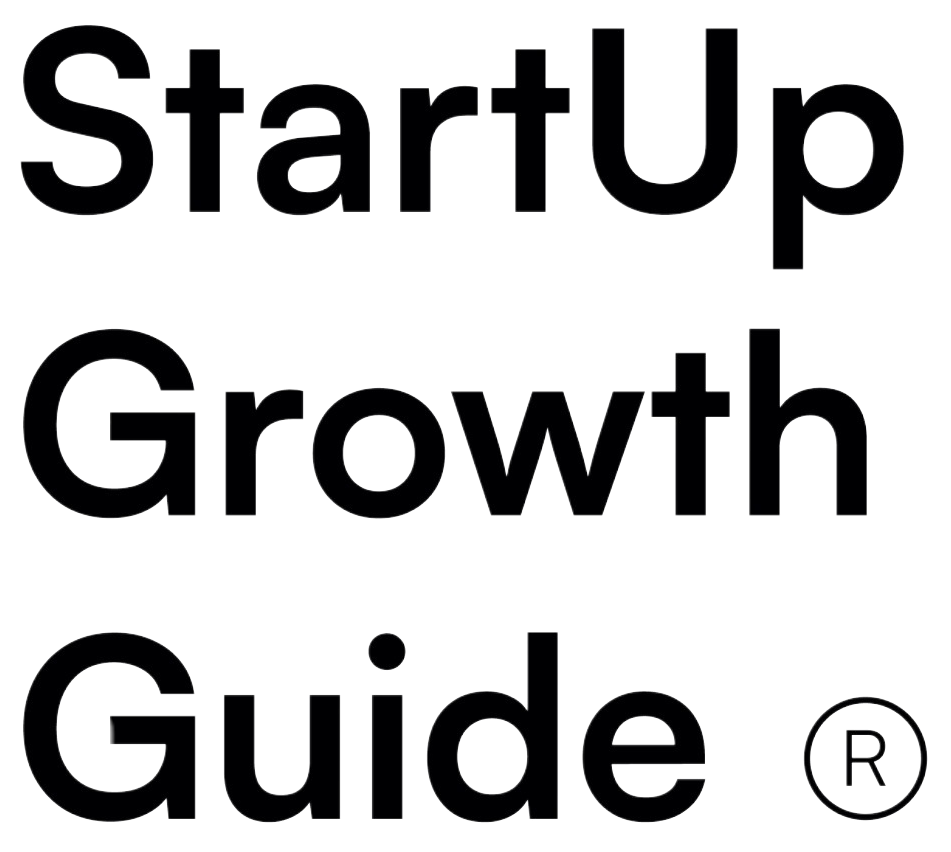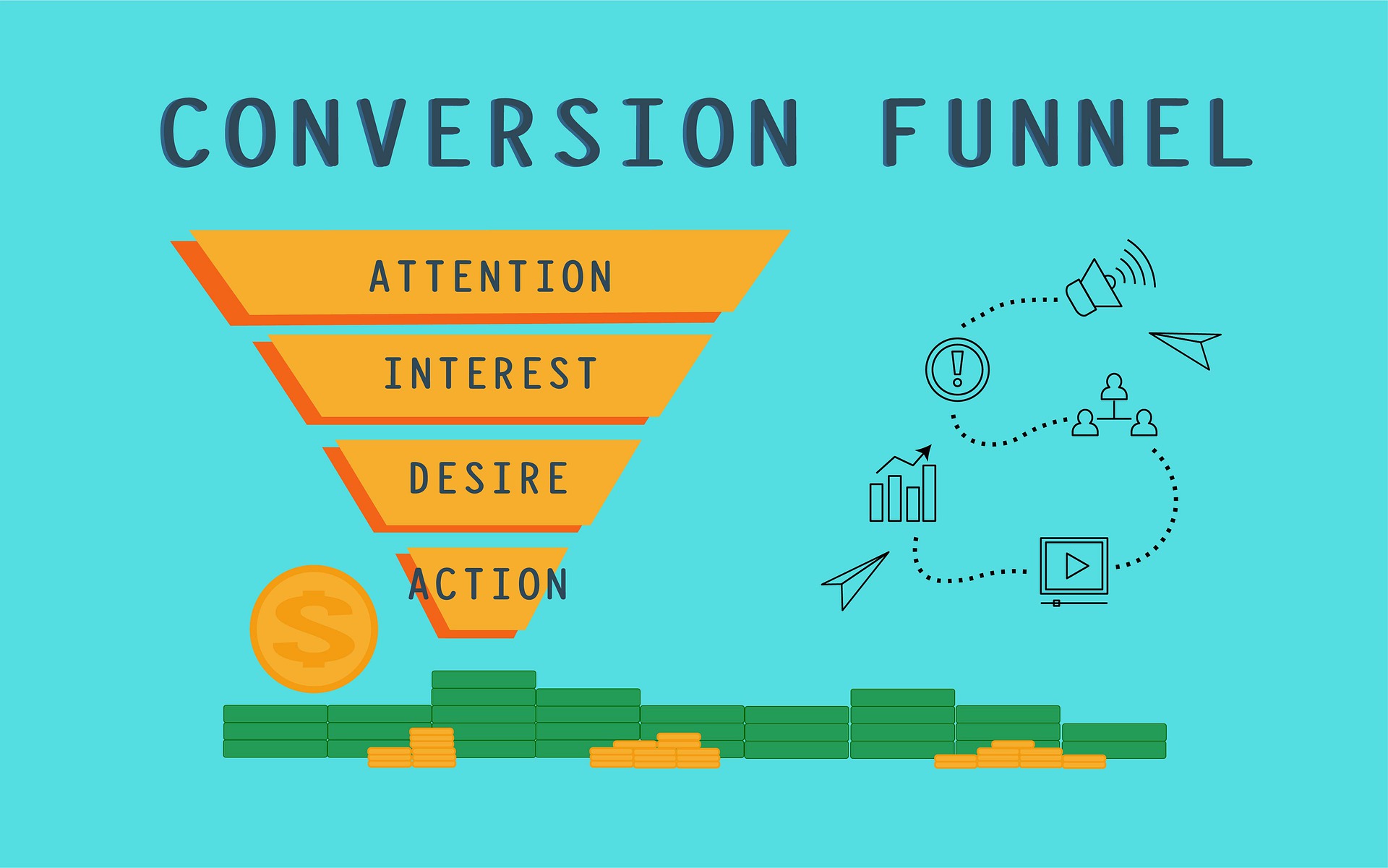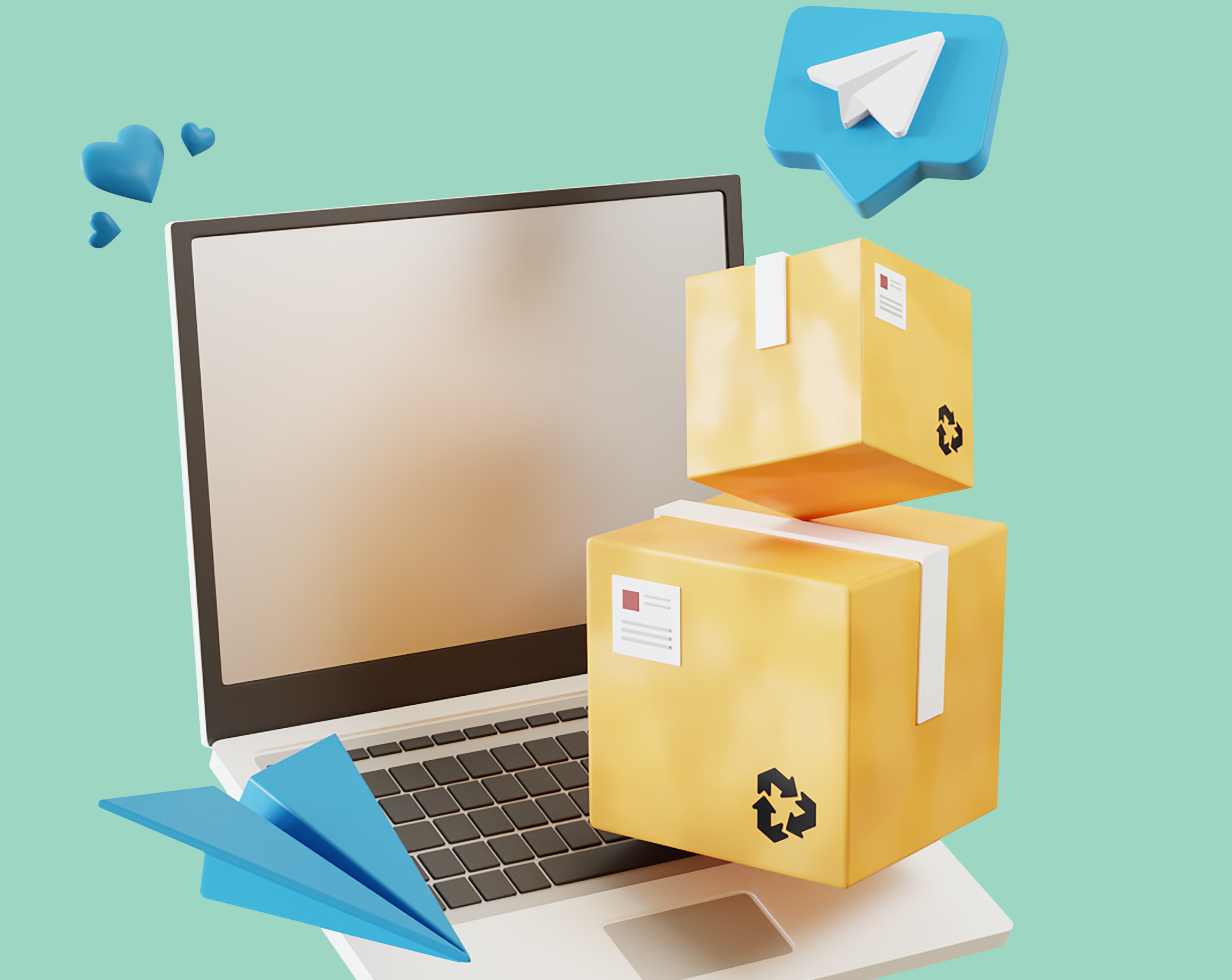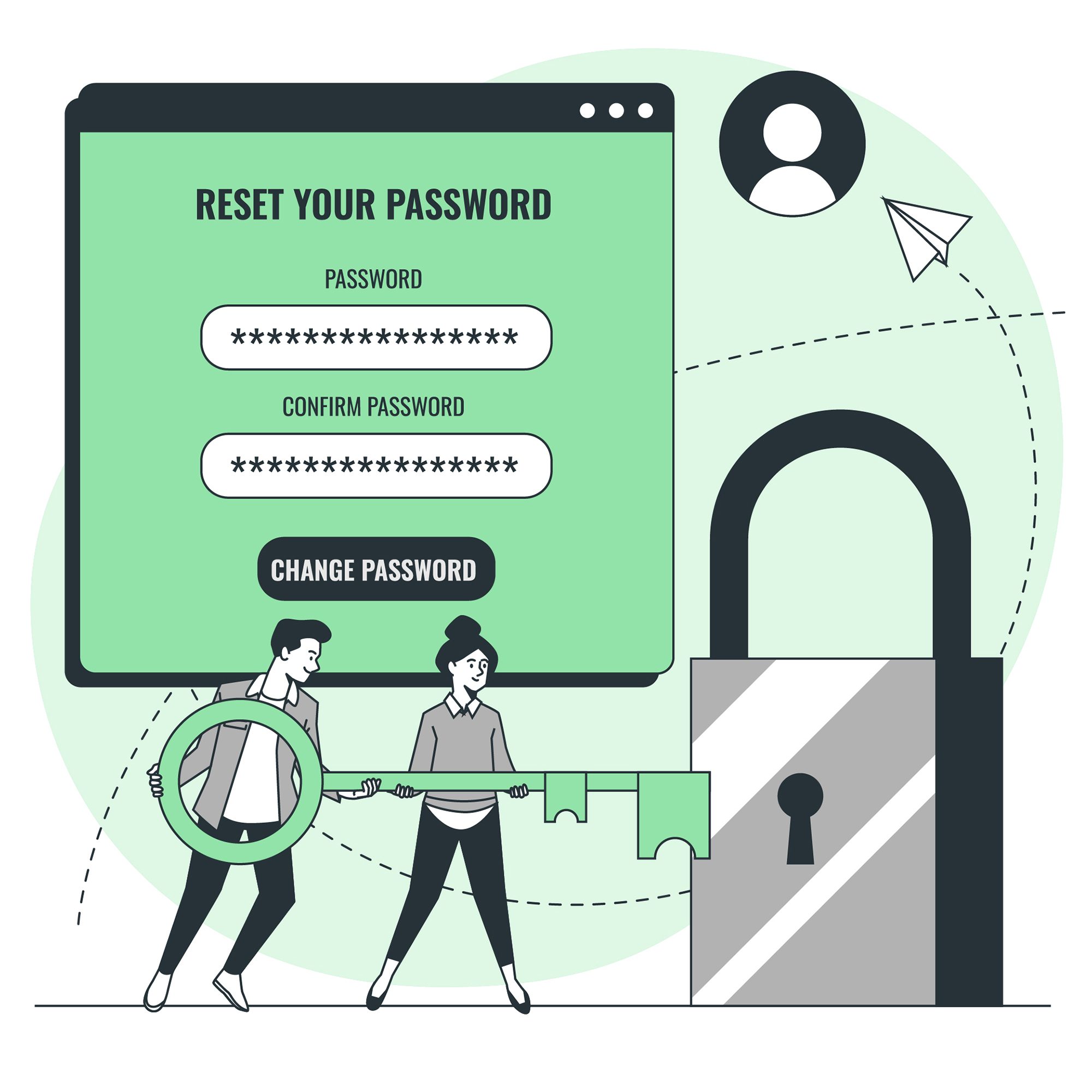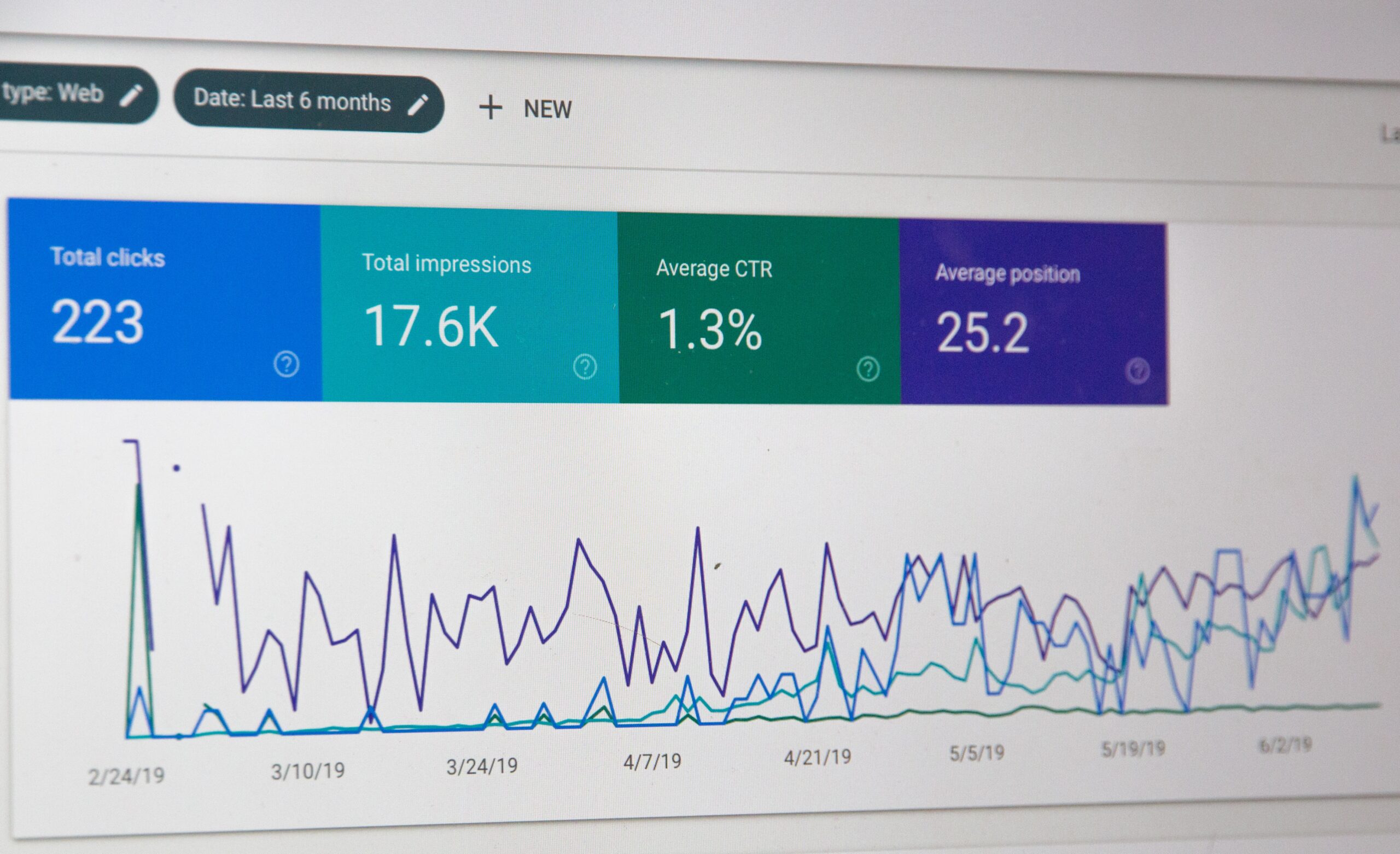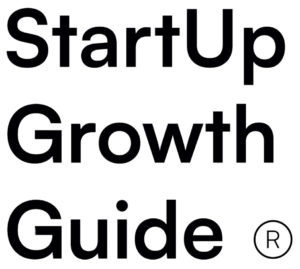There are currently over 400 million businesses in the world today, all competing for attention, authority and sales. The amazing thing about this statistic is that at least 40% of these businesses don’t live past 5 years. Why?
The answer is simple; sales!
There is no business when there’s zero revenue.
The way out? Marketing.
In this article, you will find out how to create a marketing funnel powerful enough to exponentially increase revenue and create an effective lead generation system.
“What About Marketing?”
New brands and products develop each day. Clayton Christensen, a leading professor in the Harvard Business School stated that more than 30,000 new consumer products get launched annually, and about 80% of them fail.
In a Harvard Business Review article written by Joan Schneider and Julie Hall, they stated that the biggest problem encountered by companies is a lack of preparation. It’s a lot easier for companies to focus on the design and development of new products when they fail to prepare for the marketing work required to push them.
Products in the market thrive on a marketing mix that includes the product, price, place and promotion. Companies usually spend an enormous amount of time conducting market research and surveys to create a new product or a product that offers more value to existing customers.
When it comes to price, every product and service is usually sold at a price determined by the cost price, marketing costs and cost of distribution. It can also be determined by the company; based on a competitive market price survey.
Place describes the geographical distribution of the products, whether it is sold in physical stores or online space. Promotion includes all forms of marketing communications and integrations such as advertising, sales promotions, direct sales, trade shows, exhibitions, etc.
Promotion helps create customer awareness.
One factor to consider as a product and service marketer is consumer buying behavior. Consumer behavior can be described as “the decisive actions and processes people engage in to purchase goods and services for personal consumption.” This behavior study gives you an insight into consumer motivations in the purchase or rejection of products.
What is a Marketing Funnel?
It can be frustrating trying to generate sales for your business with no results. This is where a marketing funnel becomes relevant to you. It helps to give structure to your marketing processes.
According to Investopedia, “As of 2017, approximately 62% of consumers buy items online each month. Experts expect online sales in the U.S. to increase from $587 billion in 2019 to over $735 billion by 2023”. This implies the shift towards utilizing digital spaces for the success of businesses.
A marketing funnel is a process of converting your potential website visitors into paying customers. With a marketing funnel, your customer journey can be mapped into different stages, such that marketing strategies can be planned to target customers at each stage.
The Marketing funnel framework is based on the idea that people who end up becoming paying customers are fewer than the initial visitors to your business page. Many businesses subconsciously engage the marketing funnel or are not aware of it.
According to Salesforce, 68% of companies have not identified or attempted to measure their sales funnel. This can significantly be responsible for the fact that 70% of businesses won’t make it past 10 years as reported by the Bureau of Labor Statistics.
This is not a good tale for your business if you want to improve customer conversion rate. Setting up a product sales or marketing funnel can be a daunting task but the rewards are far-reaching and with the steps described below, you can have an outstanding sales funnel.
Here is an 8 8-step guide to Creating a Powerful Marketing Funnel
1. Get to Know Your Audience
Every business has a particular target audience including yours. Your product is not tailored to satisfy everyone’s needs. Going after the wrong people will waste your time and money.
Identifying your target audience is the first and crucial step towards the success of your company as it will enable you to create content that is tailored to their needs and pain points because creating content is what will help drive traffic to your site.
The right audience is people who will end up as purchasing customers.
People who are willing to engage with you have higher chances of becoming your audience. A part of knowing your audience is that you know their problems and difficulties, the communication channels they use, the solutions you have to offer them, and their negative put-offs.
Proper knowledge of your audience will then help you to develop contents that effectively take them through the marketing funnel stages.
2. Understand The Key Marketing Stages
The key marketing stages represent the three different stages your potential customers will ideally journey through before purchasing from you. You need to understand these stages to utilize the right marketing strategies to reach customers in each stage.
The stages are Top of the Funnel (TOFU), Middle of the Funnel (MOFU) and Bottom of the Funnel (BOFU).
Source – Visual Paradigm
These stages describe how your customers become aware of you, how you can solve their problems and evaluate your brand against other competitors, and when they are finally ready to convert.
In the TOFU stage, you need to employ marketing strategies that help you build product awareness, meet customer demands and convert prospects to leads.
You will need to create customized content for your audience, educate the customers about your product, and make them see how you can solve their problem or why they need you. Contents that are used in this stage include:
- Blog posts
- Social media posts
- Short marketing videos
- Infographics,
- Photographs
- Newsletters
- Primary research
- Print magazines.
These contents facilitate awareness.
In the MOFU, visitors who are converted to leads are nurtured and prepared to purchase your product. Useful contents in this stage include:
- Case studies
- Webinars
- Podcasts
- Emails
- Educational resources
- Quiz and surveys
- E-books.
These contents facilitate evaluation.
In the last stage which is the BOFU, you are to provide leads with resources and full support to close the deal.
At this stage, they are now prospects. Your job is to address their specific needs. Helpful contents include customer testimonials, demos, FAQS, and product sheets.
These contents help to facilitate a conversion. You can now go on to draft the different stages of your sales funnel.
3. Decide How Many Stages Will Be in Your Funnel
The next step is to consider how you want your funnel to look. You need to note that you must effectively utilize content at different stages of the funnel.
A Statista research showed that 72.9 million monthly users used Netflix in mid-2018.
What are the steps in their sales funnel? A homepage that vividly explains the risk-free Netflix trial, then a pricing page where you can find frequently asked questions and pricing info.
Your steps could be from traffic (ads, blog, referrals) to the homepage and then a pricing page, where conversion occurs.
4. Determine Tactics
The right tactics will give you the right results. You must answer critical questions like:
- How often will you send out emails or newsletters?
- How frequently will you upload blog posts?
- What kinds of ads are you going to run?
- What social media space will your business be prominent on?
Tactics in this sense will mean a system, steps or carefully planned procedure to follow to achieve marketing goals. Everything needs to be clear from the onset to get the desired results. These questions will help clarify the ‘Whats’, the ‘Hows’, the ‘When’ and ‘Why’ in achieving marketing objectives. These questions need to be clarified before you start executing them.
5. Plan How to Execute These Tactics
As stated earlier, many businesses fail due to lack of preparation. You have determined how you want your customers to journey through the different stages of your marketing funnel. The next thing is drafting a deployment plan.
This process will help you generate results that you can evaluate to see how effective your marketing campaign is. Different social media marketing tools will come in handy for you here such as Talkwalker, IFTTT, Buffer, etc.
6. Evaluate Results
Your results need evaluation to find loopholes and to fix them. When you don’t have the desired results, your marketing funnel may lack what interests the leads you generate. You may focus on producing more quality content. Some useful tools for evaluation include HubSpot, Marketo, Awario, Google Analytics, etc.
7. Ensure Continuity: Build a Community
The post-purchase period is even as important as the time before visitors become paying customers. One thing you must learn to do is maintain a good relationship with your customers. This can be achieved by asking them to subscribe to your occasional emails or newsletters and delivering content that keeps them interested in your products.
Another way to tell your customers you want them is to ask for their feedback on your products and the effectiveness of your services. It helps to build trust, customer retention and a community of product users.
These customers will help you with word-of-mouth recommendations to other prospects, and as a result, generate more conversions for your business. The process of continuity is key to staying relevant and keeping customers up to date with product features or new products.
8. Stay On Trends
As you continue to build a community with your customers, ensure that you keep up with the working trends in your marketing funnel. There is no point trying something new when your strategies still work like magic. Tweak if necessary but make sure not to lose out on the success trends you operate.
AIDA Methodology: A Secret Door
Generally, every potential customer will follow a similar journey towards becoming a paying customer. A functional marketing funnel typically has four stages: Awareness, Interest, Decision, and Action. This is referred to as the AIDA model and it’s developed by E. St. Elmo Lewis in 1898.
Understanding these stages is the secret to improving your business as you can know where there are lapses and how to repair the marketing funnel.
Awareness involves business visibility; it is the very first step in the funnel. Through it, people get to know about your business, the products and services you offer and how you can solve their problems. Awareness gets done through the following means, Google, blogging, SEO, YouTube, forums, and social media.
From the awareness strategies created, leads develop. These are people who show interest in your business or product because they think you meet their needs. At this stage, they also search for other options and competitors who may solve their problems.
You must then refine your content to be specific and compelling. At this point, you have to make good use of the interest they’ve shown and invite them to follow you through a call to action like a subscription to newsletters, blogs and channels.
The desire stage is also known as the consideration stage. Customers are now more serious about getting a solution to their problems and they may choose you or your competitors. So, you have to convince your prospects that you are the go-to business.
This stage involves nurturing your prospects, sending them reminders, newsletters, and content that spell out your values to them. You have to keep pushing quality content. Your product ratings, reviews, testimonials and recommendations will come in handy to convert your prospects to sales at this point.
The final stage involves your prospects taking action that leads to the purchase of your products. You can directly achieve this through free trial offers, product discounts, promos and using an urgency technique to hurry them to purchase.
Wrapping It Up
To thrive in competition means a marketing funnel is a must-have. And, creating an effective and efficient marketing funnel requires time and hard work.
Take your time to build a marketing funnel that represents your brand value and the needs of your target audience. Feel free to tweak at each stage of the funnel to block out every loophole that prevents visitors from becoming paying customers because that in itself is the goal of any marketing funnel.
About The Author
StartUp Growth Guide Staff
This content is written by the StartUp Growth Guide staff. Gain competitive advantage and stay ahead of the curve through the insights we share on the blog. Also, contact us to learn how we can help your business to grow online.
Share this:
- Click to share on Twitter (Opens in new window)
- Click to share on Facebook (Opens in new window)
- Click to share on LinkedIn (Opens in new window)
- Click to share on Pinterest (Opens in new window)
- More
- Click to share on Telegram (Opens in new window)
- Click to share on Reddit (Opens in new window)
- Click to share on Pocket (Opens in new window)
- Click to print (Opens in new window)
- Click to share on Tumblr (Opens in new window)
- Click to share on WhatsApp (Opens in new window)
- Click to share on Mastodon (Opens in new window)
